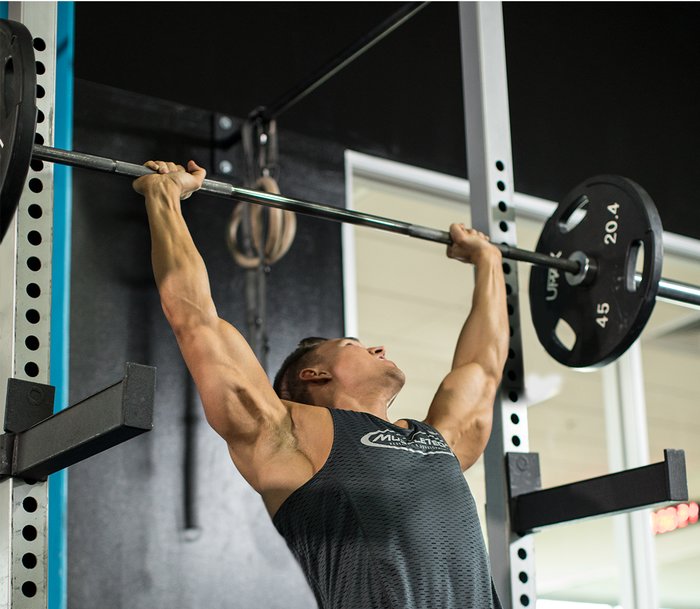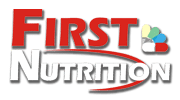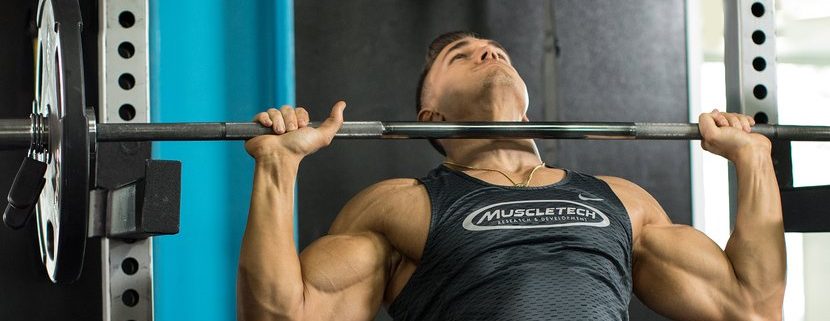Unlock Shoulder Growth With This One Move
Written by Roger Lockridge
When you think of a muscle group, certain exercises quickly come to mind. For chest, it’s the barbell bench press. For legs, it’s the squat. And you can bet your last dollar that someone with a big back is no stranger to heavy barbell rows.
One classic move that used to be associated with big shoulders—but that has taken a back seat to more convenient and easier machine versions—is the standing barbell push press.
The push press used to be as commonplace as curls. Increasingly, however, pressing machines and dumbbell versions have replaced it. Nowadays, the only barbell push press you see is the momentum-driven version popularized by CrossFit.
The reason the classic, strict push press has fallen out of favor among bodybuilders might be because this challenging lift has humbled many lifters over the years. But, as any diehard iron-hoister knows, challenges are worth conquering—especially when the conquest leads to great results.
Why You Should Use It
If you’re unfamiliar with the push press, I highly recommend adding it to your training plan. It is primarily a shoulder exercise, but it can incorporate muscles from the rest of the body. The legs have to provide a solid foundation, your core and back must be able to support the load as you try to press it, and your triceps are involved when you lock out at the top of the exercise.

By recruiting so many muscles at once, the barbell push press is a shoulder exercise you can add a lot of weight to, and lifting heavy weight leads to heavy mass. If you’re a bodybuilder looking to pack on serious shoulder mass, this exercise is a must for you. Lifting a single heavy object with both shoulders means you can work with more overall volume, and you’ll definitely see improvement in your upper arms as well.
If you’re a powerlifter or someone who wants to add plates to their bench, you should also consider adding the push press to your routine. Improving your overhead strength and lockout power will translate to greater strength and power under the bar.
How To Perform A Push Press
Here are a few pointers to help you get the most out of this exercise.
First, find a grip that you’re comfortable with as you’re warming up and before you load up a ton of weight. Start with your hands in the same position as you would when benching. Gradually adjust your hands in until you find the grip that works best for you.
A word of caution: Resist the temptation to use the so-called suicide grip, where your thumbs aren’t wrapped around the bar. Why “suicide?” Because if the bar slips as you’re pressing it overhead, you could be seriously injured.
Once you’ve settled on your preferred grip, take whatever precautions are necessary to ensure the rest of your body can assist with the lift safely. If you have back issues, wear a weight belt. Use wrist wraps and elbow sleeves if you have concerns about those joints. Start with a weight you know you can handle before increasing it, and always pay attention to how your body feels during heavy lifts.
If power is the priority on this exercise, start the press by lowering your hips slightly, as you would while doing a partial squat. As you return to the standing position, generate as much force as you can through your legs to help you start the overhead press. Use your shoulders and triceps to help you lock the weight out.
If it’s size and mass you’re after, do your best to use only your shoulders to start the press. Push up as high as you can until you feel the triceps take over. Don’t lock out your elbows because doing so would release tension from your delts.
Is Pressing Behind The Head Safe?
The push press normally starts with the bar in front of you at shoulder height. Some lifters prefer to start with the bar on the back of their shoulders in the same position as the back squat because it incorporates more of the side and rear delts. This can be a dangerous position, however, if you lack the shoulder mobility to control the weight, or if you’ve dealt with shoulder weakness or injury in the past.
If your shoulders are healthy and you feel the behind the neck position will benefit you, then go for it. But if you have shoulder issues, it’s much safer to stick to the front version. Remember, you’re lifting very heavy weight over your head, so if you are not 100 percent confident your body can handle this variation, don’t do it!






